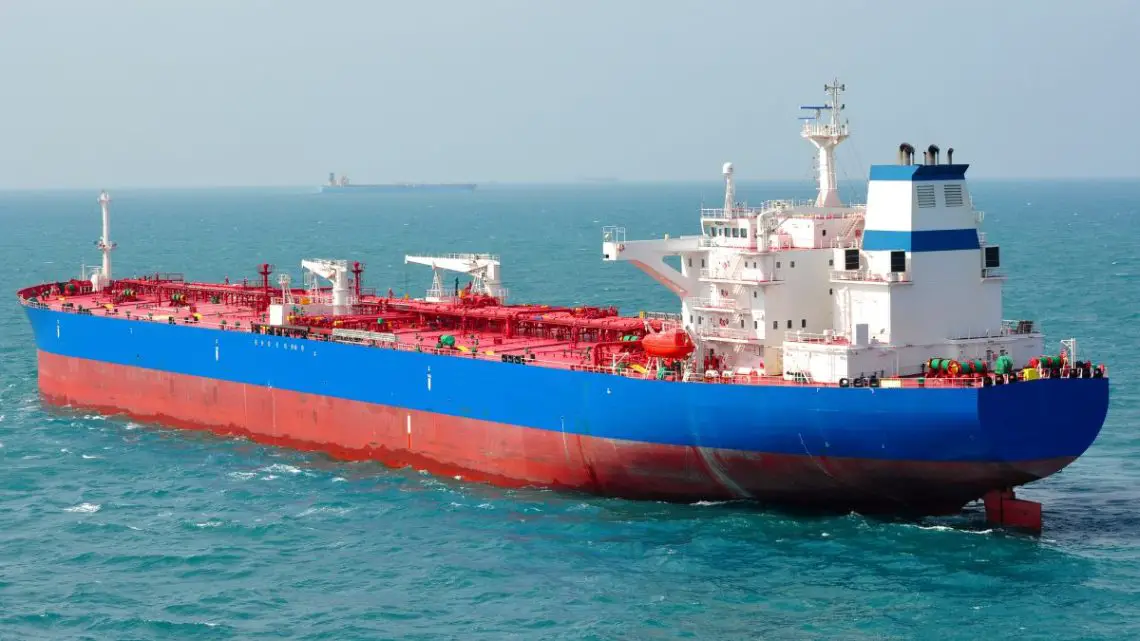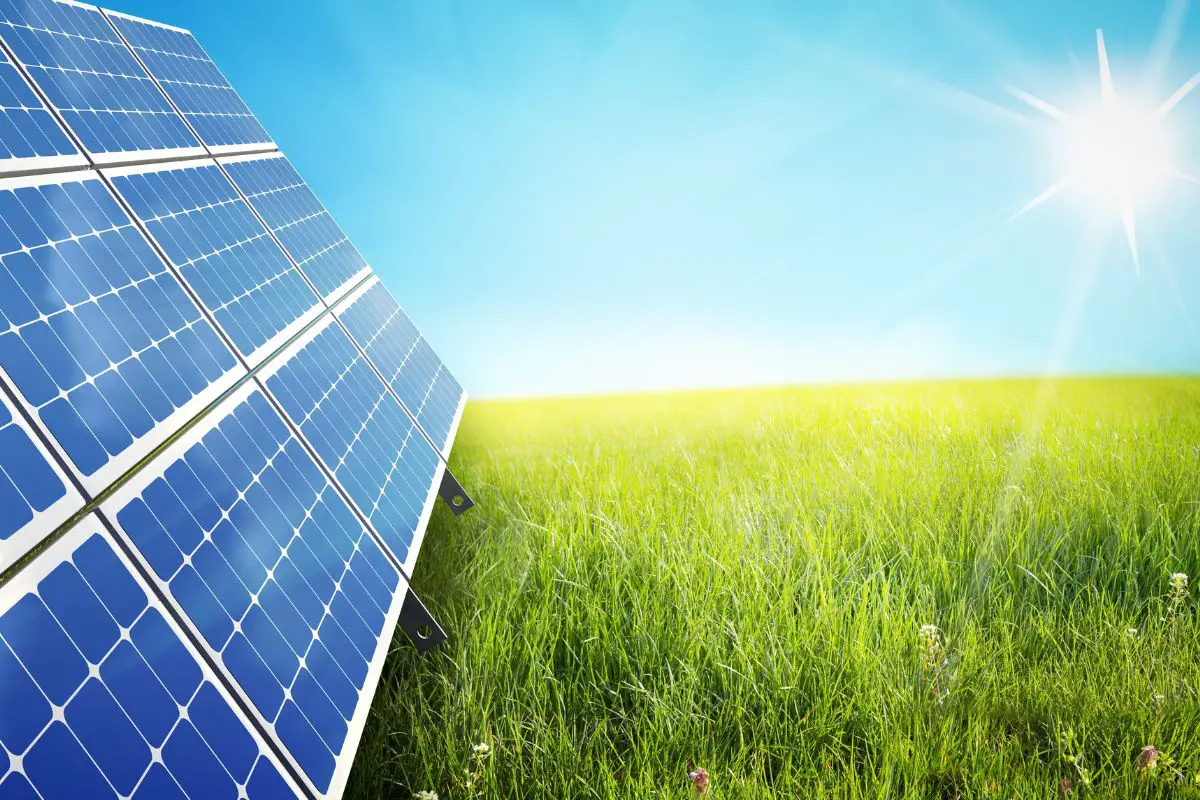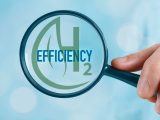
Demonstration hydrogen carrier project set to launch in Australia
February 7, 2023Large quantities of green hydrogen will be shipped to Japan using conventional tankers.
An eight-month demonstration project set to launch in Australia will produce a hydrogen carrier that is capable of being shipped on conventional tankers that will bring the product to Japan for the purpose of fueling hydrogen fuel cell applications, such as hydrogen cars.
Hydrogen will be manufactured in an inert carrier that is stable and easy to ship.
The Japan-based Eneos Corporation – the country’s largest fuel provider – is undertaking the hydrogen project. Working to become a regional leader in Asia for energy, Eneos’ project is the second step in a commercialization project that will result in substantial quantities of green hydrogen generated from solar power and shipped to Japan to supply fuel to hydrogen vehicles.

Methylcyclohexane (MCH), the new hydrogen carrier, is produced using a proprietary low-cost “electrochemical synthesis of organic hydride.” MCH, a method developed by Eneos, uses the electrochemical synthesis method with toluene. Unlike hydrogen, which needs complex handling and extreme cold temperatures, MCH can be shipped at ambient temperatures on traditional tankers.
Eneos’ method simplifies the shipment of hydrogen by suspending it in a carrier. Once it has shipped to its destination, the next step is the MCH dehydrogenation process, where water is removed and hydrogen fuel is extracted.
The hydrogen carrier demonstration plant is located in Australia.
Brisbane, Australia is the home of the new production facility. The demonstration plant will generate green MCH containing hydrogen by combing a 150-kilowatt-scale medium-sized electrolyzer with a 250-kilowatt solar power system in Queensland. The goal is to maximize production efficiency and prove the durability of the electrolzyer under subtropic conditions.
During the demonstration period, the MCH produced (equivalent to an estimated 2 to 3 tons of hydrogen for 400 to 600 hydrogen fuel cell vehicles) will be transported to Japan, where the hydrogen will be extracted in ENEOS’ Central Technical Research Laboratory.
The knowledge that is gained from the demonstration plant will be used by Eneos to develop a 5-megawatt-scale electrolyzer (an electrolyzer 30 times the size of the one used in the demonstration plant) for commercialization by Fiscal Year 2025.
The Eneos hydrogen carrier was first demonstrated in 2021 as part of the Green Innovation Fund Projects of Large-scale Hydrogen Supply Chain Establishment, a project commissioned by the New Energy and Industrial Technology Development Organization (NEDO). The full-scale production in the current pilot project will begin in February and continue through September 2023.



 With over 15 years of reporting hydrogen news, we are your premier source for the latest updates and insights in hydrogen and renewable energy.
With over 15 years of reporting hydrogen news, we are your premier source for the latest updates and insights in hydrogen and renewable energy.